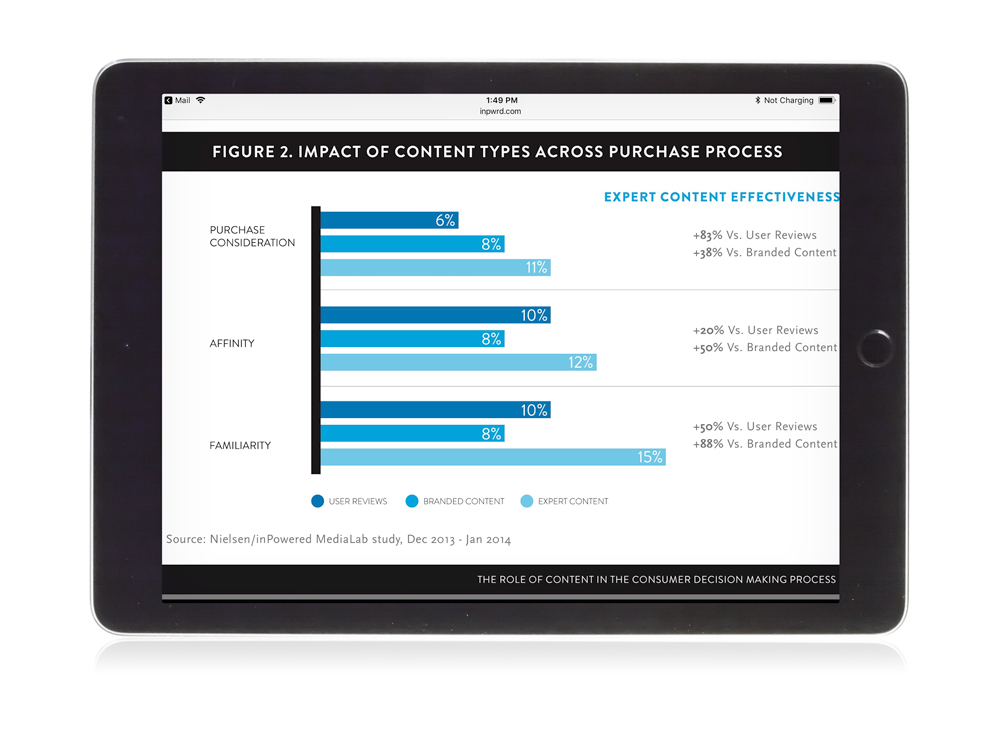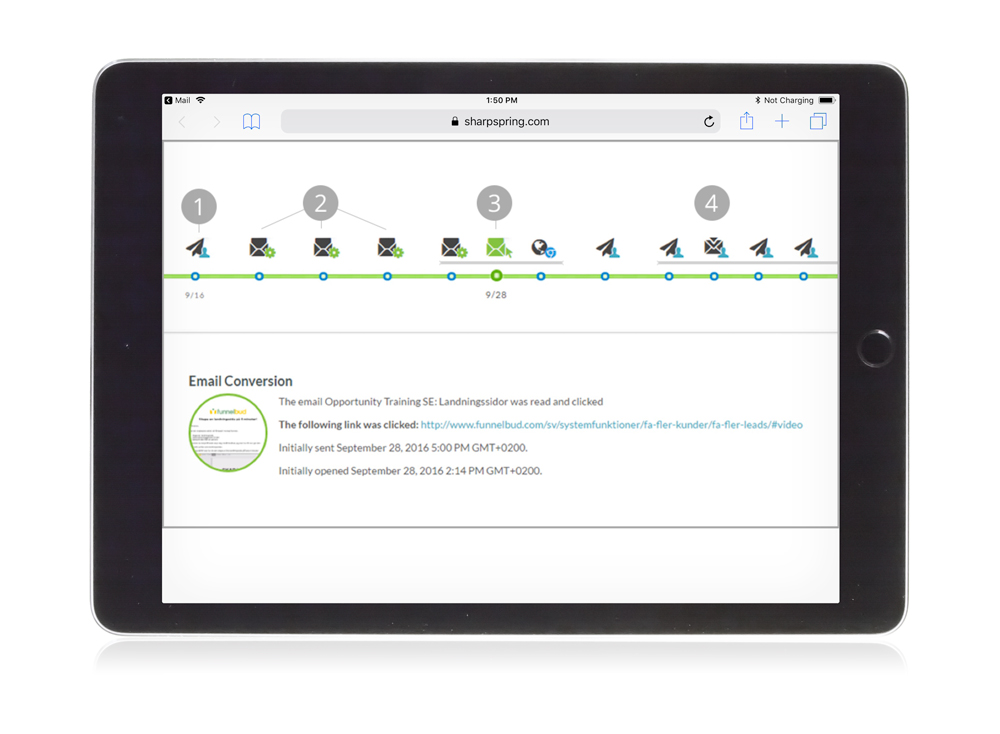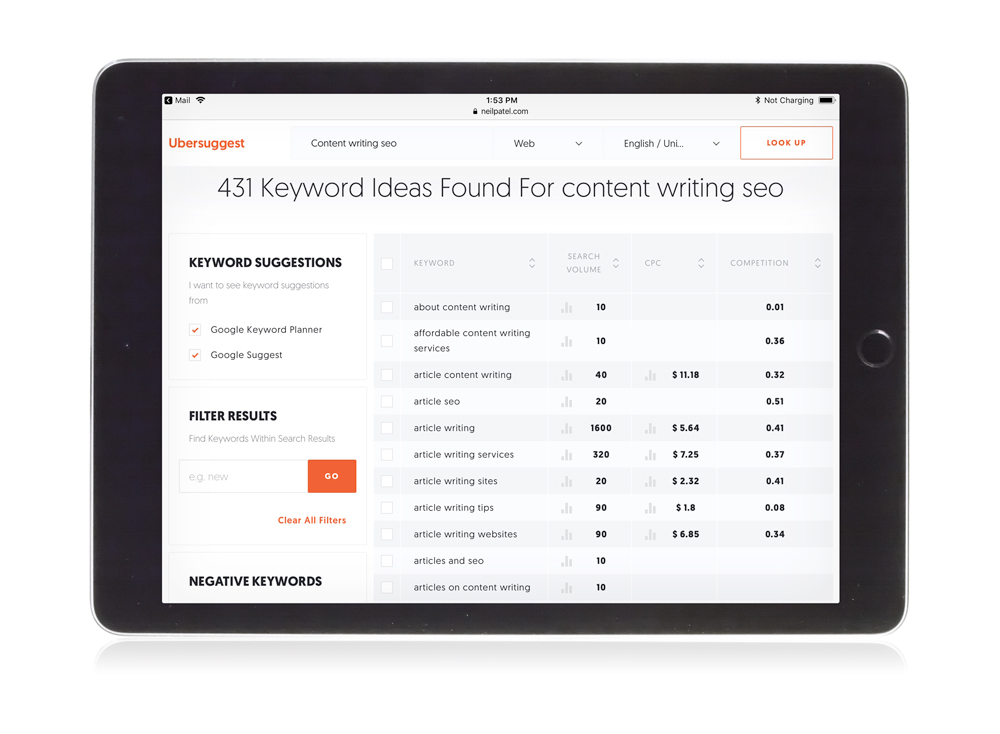Today, top brands combine PR and digital marketing strategy to boost ROI by amplifying a company’s credibility and clearing the path to greater success with conversions.
There’s an old saying about the difference between advertising and public relations when delivering messages to the masses: “Pay for it or pray for it.” While traditional paid advertising and public relations initiatives have different objectives and tactics – advertising drives sales; PR builds consumer awareness and trust – they’re far from being mutually exclusive. Here are a few examples of ways to combine PR and digital marketing to maximize your brand authority and attract pre-qualified customers to your site.
Traditional PR vs. Digital PR
Both traditional and digital PR are highly effective at tapping third-party media and expert influencers to sway public opinion and build brand awareness. In fact, a 2014 Nielsen study commissioned by inPowered estimates expert content is 88 percent more effective than branded content in shaping consumers’ familiarity and decision-making processes.
Traditional and digital take different avenues to achieve their goals and measure outcomes. Traditional PR usually involves pitching press releases or features to media outlets, such as newspapers, trades, television, and radio. Once placed, measuring audience reach is based on Nielsen ratings and circulation estimates of the average number of people that may see the story on a particular day or time. Traditional PR can take weeks or months of follow-up before a story is published or aired (if at all). That’s not to say that traditional PR isn’t worth the investment. But before you contact an editor or producer, take an honest look at your story for newsworthiness and budget enough hours for the pitching and follow-up required to land these placements.
Most traditional PR placements have online links that cross over into the digital realm. However, digital PR casts a wider net to include bloggers and influencers who have outstanding credibility with loyal audiences outside of traditional media outlets. Digital platforms also have shorter lead-times, resulting in instantly shareable placements that often take only a few days to produce. Tracking digital PR outcomes is more specific with software tools like Google Analytics and SharpSpring marketing automation that allow you to trace customer journeys from the initial PR placement click-throughs to conversions and sales on your website.
Scale Your Communications Strategy with Multi-Levels of ROI
Set yourself up for success by developing a tiered communications strategy that ensures measurable outcomes. Here are a few ideas on how you can combine PR and digital marketing tactics to maximize your client’s ROI:
Content Marketing: How Guest Blogging Builds Credibility and SEO
Before publishing a blog post on your own site, consider pitching your best expert content to online business outlets and influencer blogs. As many traditional media outlets face budget cuts and understaffing, the doors have opened wider for guest writers to fill the editorial gaps. Many bloggers also welcome other experts to contribute to their content.
When you combine PR and digital marketing by placing guest columns and blogs with well known sites, you increase your company’s brand awareness and credibility generate high-authority backlinks to your website. Backlinks (aka inbound links) are links from other websites to yours and serve as important building blocks to effective search engine optimization (SEO). When Google detects a higher number of backlinks to your site from other high-authority sites, your content value meter gets an algorithmic boost, which positively affects your SERP (search engine results page) status.
Here are a few examples of backlink referring domains that build SEO traffic to your site:
Steps to Creating High-Value Guest Blogs
Step 1 | Research Editorial Guidelines.
Most blogs and media outlets provide guidelines for submitting guest content. Here are a few good examples of contributor guidelines from Entrepreneur and Harvard Business Review. While each publication has slightly different topic and style preferences, editors are looking for several common components when reviewing submissions: expertise, relevance, originality, trustworthy sources, and actionable advice.
Step 2 | Analyze Your Audience Needs.
Put yourself in your customers’ shoes. Beyond knowing basic audience demographics, you’ll need to identify their pain points. What are their biggest problems, challenges, or desires? Brainstorm your list based on common issues you’ve witnessed in your own practice. Expand your list by looking up common searches related to your business and services, using long-tail keyword research tools, such as Ubersuggest or AnswerThePublic. These services help you gauge how many people are searching for answers to questions related to your topic. For example, if you are a copywriter offering content writing services, you might refer to these results to guide your own content marketing campaign:
If you’re still looking for inspiration on relevant, timely content ideas, try these methods:
- Research headlines on current issues affecting your industry and customer base.
- Audit social media and customer service comments and check out what they’re saying in your competitor reviews.
- Survey your customers to identify new areas of interest and needs.
Step 3 | Design Your Blog Content to Address Pain Points.
Offer new solutions to common problems that can be applied in real-life situations on the job. Categorize your solutions into a concise, numbered list that transforms complicated issues into practical, accessible, and actionable solutions. Use your own client experiences or refer to other organizations’ case studies to show evidence of how these tips can lead to successful outcomes. Create infographics to help illustrate statistics related to your topic and boost visibility.
Step 4 | Conclude with a Question or Call-To-Action.
Summarize your expert advice by asking for feedback from your readers about their experiences. Link to your contact page for a free consultation, send readers to a relevant blog post on your site, include a form to register readers for a monthly newsletter or to download your e-book for more information.
Step 5 | If They Don’t Bite, Cast Your Own Line.
If your expert content doesn’t get placed with targeted blogs or online media, move on to plan B. Publish the content on your own blog, include it in your e-newsletter, and boost visibility through your own social media networks.
Combine PR and Digital Marketing: Media Types to Maximize SEO
When three types of online media intersect – earned media from PR efforts; owned media on your website, blog, or social media channels; and paid media through search engine and social media advertising – the results can be exponential. For example, let’s say you reply to a lead on HARO (Help a Reporter Out), a free service that connects reporters to industry experts, and your interview is published with a major media outlet (this is earned media!). Here are a few ways you can combine PR and digital marketing media types to boost exposure and improve your website’s SEO:
- Link to Details. Offer the reporter links to relevant blog posts or a landing page on your site (owned media) with more details on topics or a specific upcoming event covered in the article. When the reporter links to your site as a source for the article, valuable backlinks are created directing more traffic to your site and increasing your search engine ranking.
- Share on Social Media. Choose your most appropriate social media channels (owned media) and share a direct link to the placement during times that you know your audience is most active (eg. early morning for business features, mid- to late-afternoon posts for entertainment, weekend events). Research relevant hashtags to weave into your posts that will attract viewers outside of your regular audience.
- Give the Placement a Permanent Home on Your Site. Create a landing page featuring the media placement on your own site (owned media). Load the landing page with targeted keywords and direct pay-per-click and social media advertising to promote the page (paid media).
- Revisit the Placement in Future Content. When writing follow-up blog posts related to the topic, include a link to the placement to expand the shelf life of the article and support your credibility as an expert resource.










